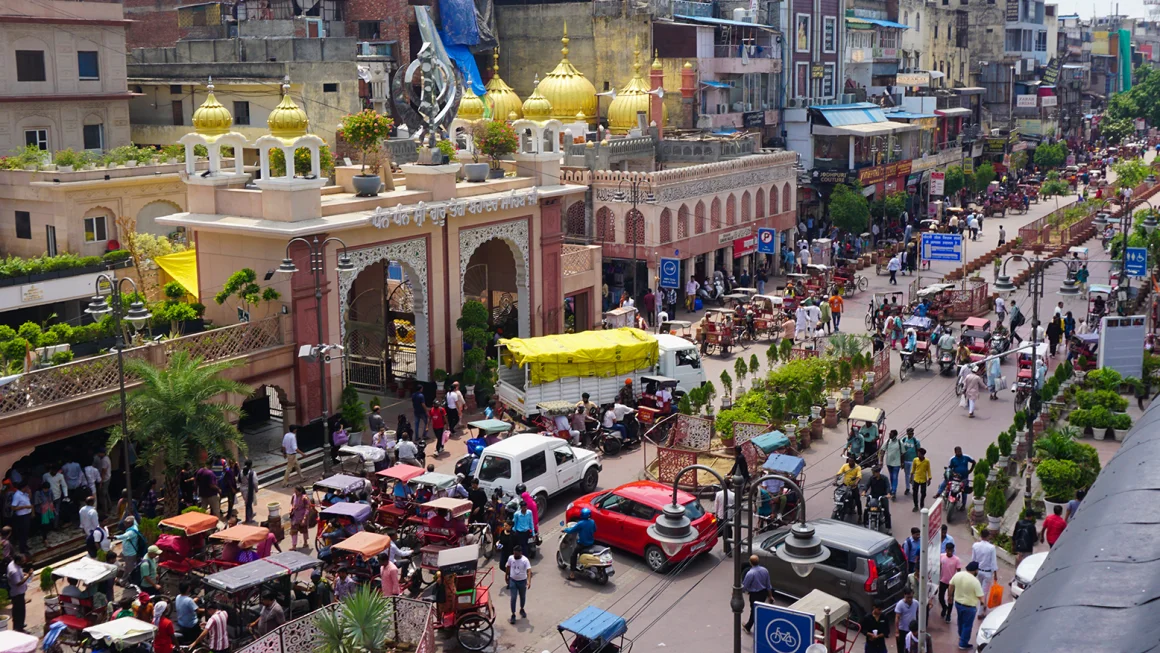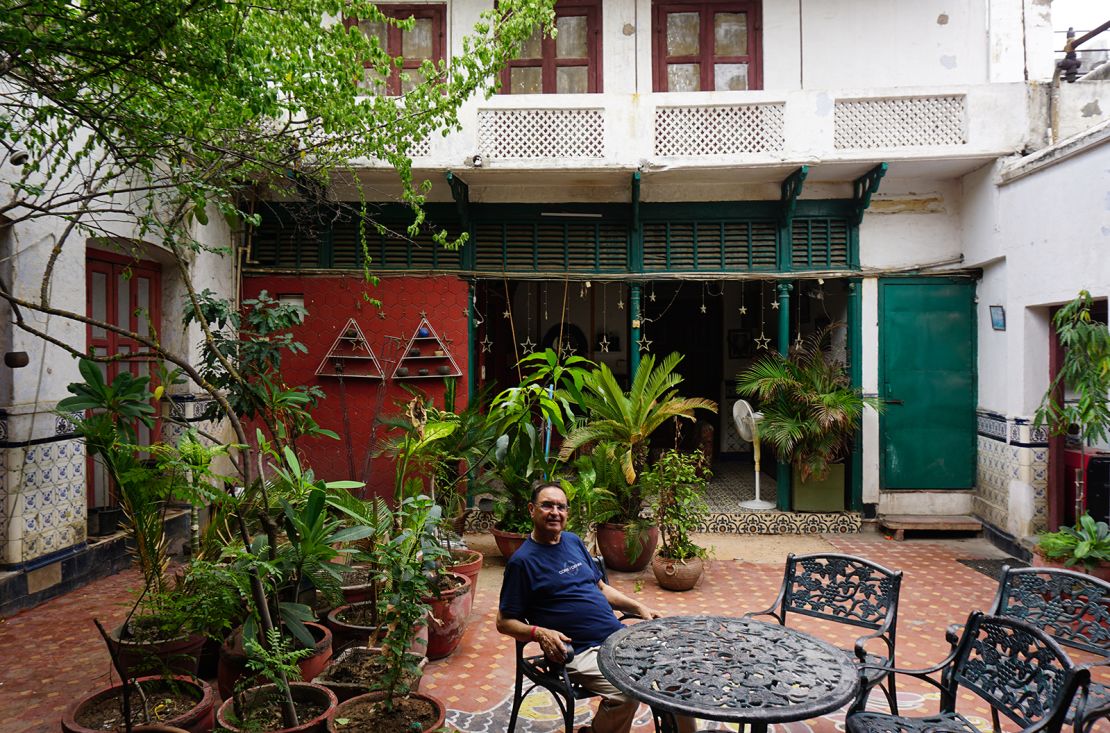In a single Delhi house, several hundred years of Indian history
by Admin

Chandni Chowk was once the kind of neighborhood that people spoke about with awe.
Built in the 17th century by Emperor Shah Jahan, it reflected the wealth of the once mighty Mughal empire, quickly becoming one of India’s most desirable districts, where the rich and powerful resided in fashionable mansions.
Not Ajay Parshed, though.
Aged 80 but still going strong, Parshed sits in the courtyard of his grand 120-room ancestral mansion, almost the last man standing of Chandni Chowk’s old guard, holding on to the splendor of a bygone age.
“It is the only living mansion on the historic street of Chandni Chowk,” says Parshed, a descendant of Chunna Mal, a moneylender and businessman who built the home way back, according to an inscribed golden slab inside the building’s hallway, in 1864.
Some 160 years later, although Parshed is clinging to his forebears’ legacy, much of the glamor of preceding centuries has vanished. Most of the mansion’s rooms are shuttered and unused. The antiques inside them are gathering dust.

Aishwarya S. Iyer/CNN
And out of Chunna Mal’s 32 heirs, only Parshed and his family of 10 remain. And, he says, he’s alone in wanting to keep the place.
“The family is planning to sell, but I am against it,” he says. “I have been trying to bring them on the same table.” Parshed says he’s hoping to ensure one of the only privately owned mansions in the area is not converted into a hotel.
Speaking of the glory of the street, Khan says how there used to be an octagonal pool that would reflect the moon in its water and sparkle. Hence the name Chandni Chowk: ”Moonlit Crossing.”
Back in the days of Mughal empire, which was founded in the 16th century and grew to control much of the Indian subcontinent before dwindling and being dissolved in 1857, India’s cultural and architectural heritage gained numerous iconic structures.
In Delhi, these include the Humayun’s Tomb, Jama Masjid [mosque] and the Old Fort. The neighboring city of Agra got the Taj Mahal. Designated one of the seven wonders of the world, it draws in thousands of visitors each day.
And then there was Chandni Chowk, built as a part of Emperor Shah Jahan’s new capital Shahjahanabad – or Old Delhi as it later became.
Many parts of this street were destroyed when the people revolted against British occupation in 1857. The British crushed the rebellion, thereby ending Mughal rule in Delhi and marking the beginning of the British Raj.
However, mansions like the one belonging to Chunna Mal’s family were untouched. “Chunna Mal was pro-British. We enjoyed a lot of privileges because of it,” Parshed explains.
His ancestor, he says, was appointed the first municipal commissioner of Old Delhi.
Today, Parshed’s home is symbolic of both the glory of the 17th century and how it is changing or being forgotten today.

Aishwarya S. Iyer/CNN
The moonlit crossing
The gloomy spaciousness inside the sprawling mansion also stands in stark contrast to the modern day Chandni Chowk Road outside.
The district’s oldest street, right in the heart of Delhi begins at the entrance of the Mughal-era Red Fort, where the annual Independence Day flag hoisting is overseen by India’s prime minister, and stretches 1,400 yards to the 17th century Fatehpuri mosque.
Bustling with businessmen, cycle rickshaws, and shoppers who’ve come in to buy clothes and jewelry or eat the mouth-watering food, it draws In thousands of tourists and visitors each day
For Rameen Khan, the founder of the company City Tales which organizes heritage walks and tours in and outside Delhi, this road’s importance extends beyond its material offerings.
“In its nooks and corners this street has preserved over three and a half centuries of India’s history. It hides in plain sight, unnoticed and unappreciated, but a testament to the unfolding of India’s past,” he says.
According to Khan, an octagonal pool that would sparkle with reflections of the moon, once stood here. Hence the name Chandni Chowk, meaning ”Moonlit Crossing.”
“Since it was the grandest part of the stretch, it is fitting that the entire stretch is named after it,” Khan adds.
Chandni Chowk was once the kind of neighborhood that people spoke about with awe. Built in the 17th century by Emperor Shah Jahan, it reflected the wealth of the once mighty Mughal empire, quickly becoming one of India’s most desirable districts, where the rich and powerful resided in fashionable mansions. Today, this corner of the…
Recent Posts
- Liverpool ends 15-year curse with statement win over Real Madrid
- The TSA-approved hack that allows travelers to bring a bottle of water through airport security
- Подводный WiFi, аквапонные фермы: как морские техностартапы привлекают инвесторов
- “Подводный интернет”: эта женщина может подключить беспроводную сеть на 3-километровой глубине
- Inside the wild world of Osaka’s dangerous, adrenaline-fueled float festivals